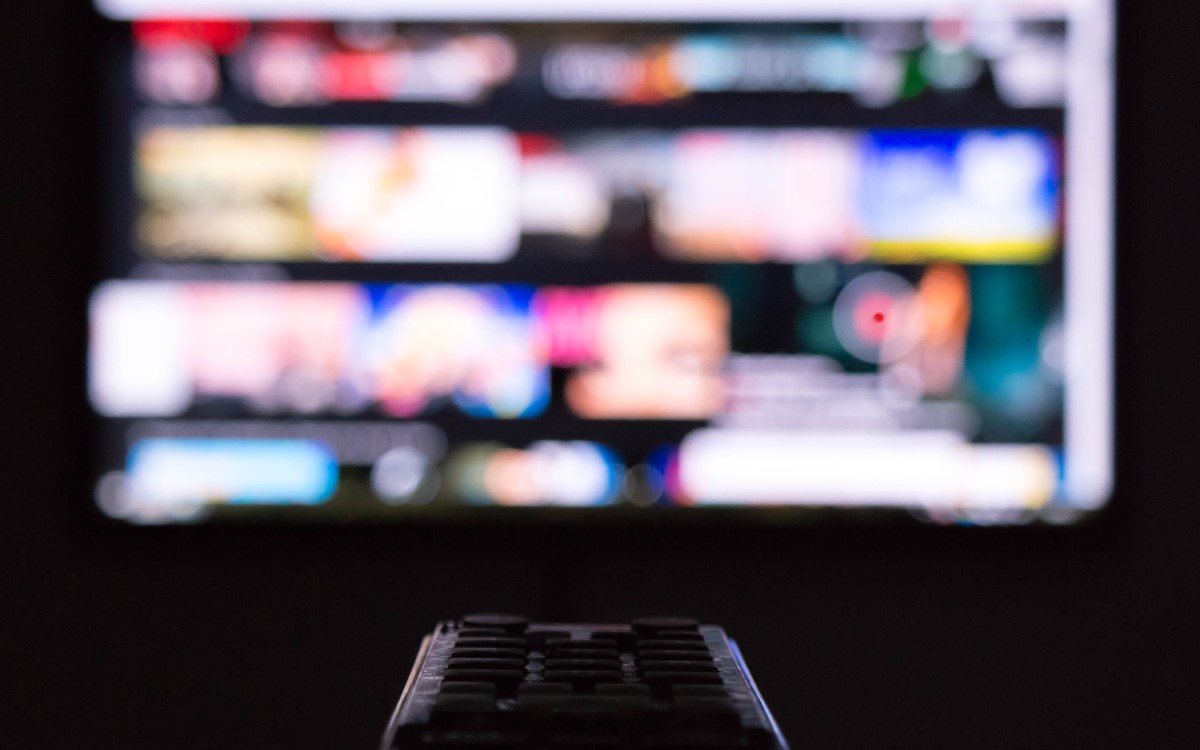
The camera function is one of the main advantages of modern smartphones, and hardly anyone can argue with that. When users buy a new device, they pay attention to the camera’s properties. And it doesn’t matter how much you shoot or not. Sooner or later, everyone will have such a need.
One will need to make scans of documents at work, the second to post a couple of photos on social networks, and the third to make a video of their cat. In general, no matter. What’s important is what you should consider first: numbers, megapixels, or optimization for a camera phone. If you want to know, read this article to the end.
In The Beginning, Were Megapixels
Many users pay attention to megapixels when studying the characteristics of the phone camera, so let’s start with them. First, the resolution of digital images is measured in megapixels (MP) and represents the number of pixels of the image that the sensor of the device can capture. That is, a pixel is the minor component of an image.
Smartphone cameras with a high resolution provide a more significant amount of detail in the frame and good sharpness. In addition, you can enlarge photos taken by cameras with a high resolution without losing image characteristics. For example, on a monitor’s large screen, the picture will be sharp, and when printing photos, you can not be limited to the standard 10×15 cm and consider a larger format.
If we talk about parameter values, smartphones have LED and xenon flashes. The first type is characterized by using a standard LED flashlight, which turns on when you take a photo. An LED flash can also serve as a backlight when shooting video. And the following table shows you how pictures turn out depending on the number of pixels.
| Up to 5 MP | Photos taken with phones with these camera parameters haven’t high clarity but transmit the picture to a degree sufficient for viewing and even printing in a small format. |
| 5-10 MP | Such smartphone cameras provide a highly detailed image but are considerably inferior to later technologies. Nevertheless, many modern smartphones in the low-end segment are equipped with them. |
| 10-20 MP | Devices with such parameters allow you to take pictures even in poorly lit rooms, and the resulting images have a high enough clarity. |
| Over 20 MP | A class of devices designed explicitly with maximum capabilities for high-quality photography. Smartphones with these camera parameters are intended for a relatively narrow segment of consumers who are fond of photography. |
Speaking of Numbers
Manufacturers tend to upgrade phones with a greater number of cameras with even more impressive indicators. The buyer, in turn, is willing to pay a lot of money for the possibility of taking excellent pictures without too much effort. Looking at the 108MP camera, you can assume it will shoot many times better than the 12MP one. But even though picture resolution is directly related to the number of megapixels, a lot does not mean good.
So given today’s opportunities, why do all manufacturers still not increase their number? To answer this question, let’s go back to the concept of megapixels again. A megapixel is a light-sensitive point, which, with a specific combination of subpixels, conveys the desired hue in the photo. Hence the misconception that more dots can make the picture clearer.
In practice, the ratio of megapixels to the future resolution of the image is much more critical. For example, twelve megapixels is quite an acceptable format for publishing on social networks, as it equals 4000 x 3000 resolution (enough for both Full HD and 4K). As for 48, 60, and 108 megapixels, they are like parts of a puzzle.
When adding them up, it is possible to combine points, and the picture as a whole may look fractional or not different from the 12-pixel picture. In addition, some algorithms blur the frames, and the raw noise is visible when stretched to larger screens. As a result, it’s harder for algorithms to cope with a similar volume of dots. So, their myriad of them is not always beneficial to the outcome.
Pixel Size: the Bigger, the Better
When talking about the number of megapixels, it is necessary to say at least a few words about pixel size. Probably everyone who understands phone cameras knows that it is not the resolution of the matrix or the number of available sensors that determines whether a given device can take good photos.
Once the 10-megapixel threshold is exceeded, the quality of a picture depends on several other important factors. For example, how big the pixel itself is. The size, let’s call it the window, determines each pixel’s quality. The window size varies from 1.12 μm (micrometer) to 1.55 μm. And here is a single rule: the bigger, the better.
What Is Scene Optimizer, and Which Phones Can Boast With It

However, if you’re in a bad mood at the mention of these phones, let us assume that you had a negative experience with the most widespread Samsung mobile phone problems. But don’t forget that no matter how good the quality of the device is, malfunctions happen. So the main thing is to know who to contact if they occur.
For example, you can go to the website of the Howly service, which provides online consultations on any technical issue. And now, when you need help with a Samsung smartphone, you can safely turn to Howly experts. So, when you have such a helping hand, look closer at Samsung phones, and more precisely at their camera, which has a new function — Scene Optimizer.
With it, your smartphone analyzes the objects inside the image, sets all the necessary color settings for them, and the picture becomes much clearer. The point is: that as soon as the phone finds something familiar, a special icon will appear in the Camera app, indicating the automatic improvement of the frame.
Conclusion
The modern smartphone is a personal assistant filled with various functions. Moreover, unlike the same camera, it is compact and convenient. It is also equipped with new technologies that are difficult to fit into the most expensive DSLR camera. To pursue better performance, users should ignore the impressive figures in the column “megapixels” but the other parameters prescribed there. So for creating high-quality and diverse content, a camera with a resolution of up to 15 megapixels will be sufficient, but the choice is up to you.
Author: Christine Tomas

Christine Tomas is a tech expert, consultant, and aspiring writer. She writes for different news portals and thematic blogs that helps her stay at the heart of the programming and technology news.
Such work gives her the opportunity to write articles on the most relevant topics today.



